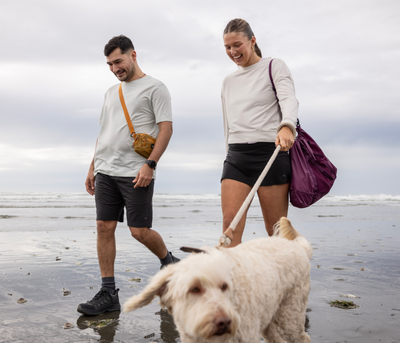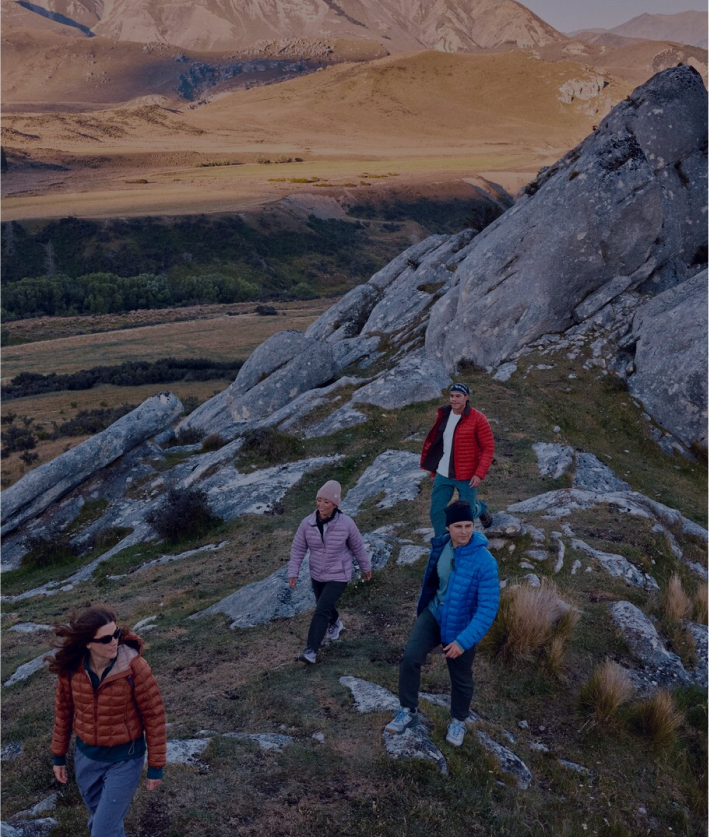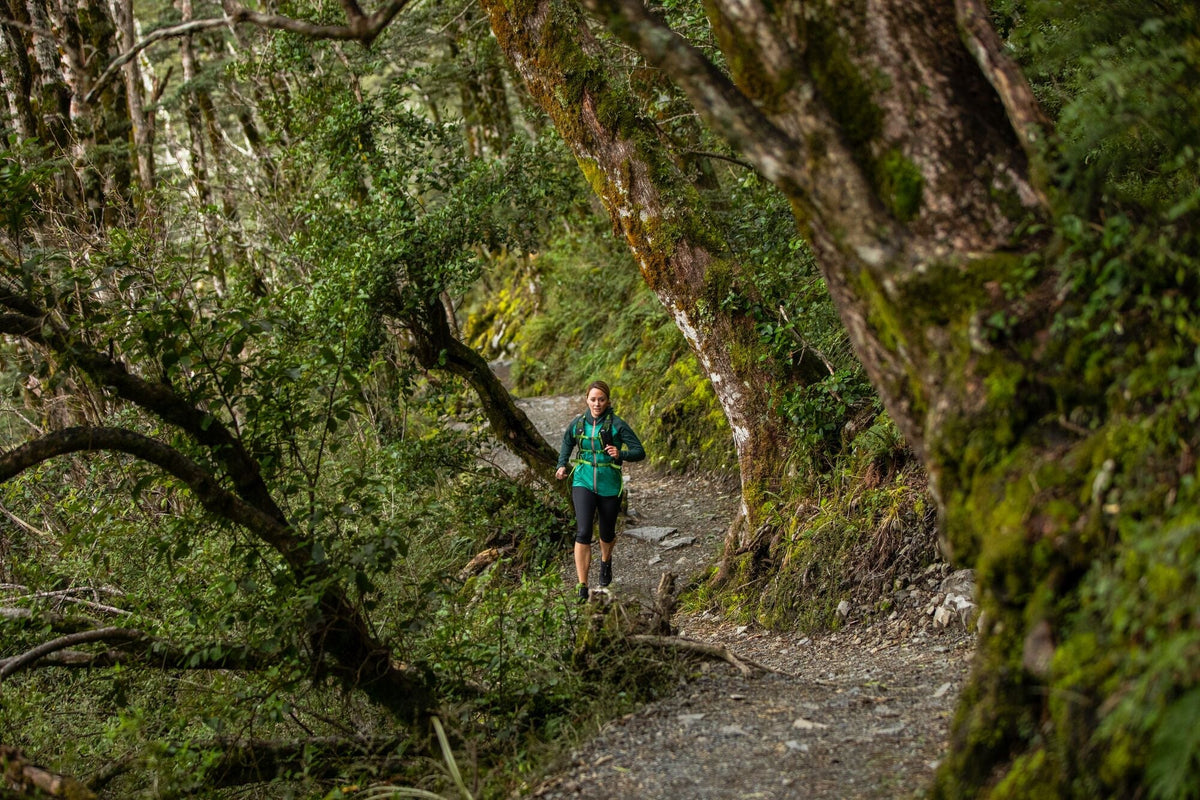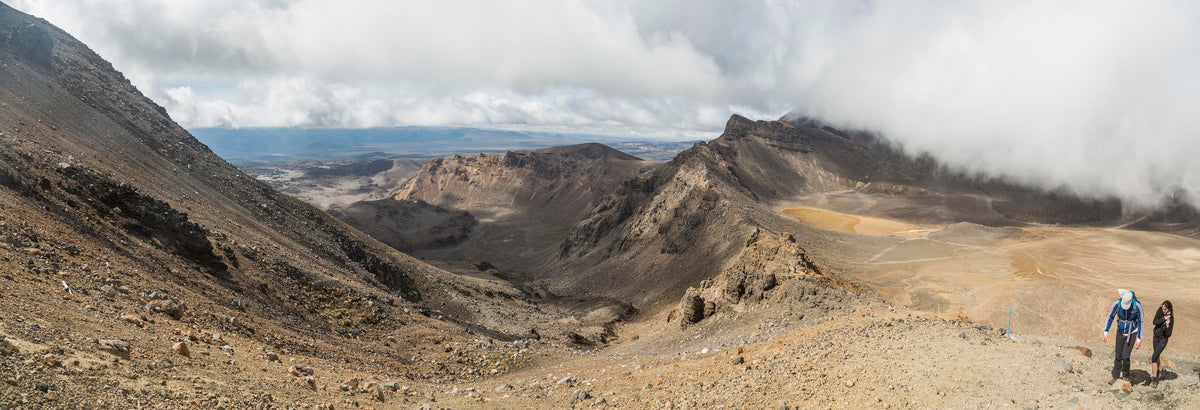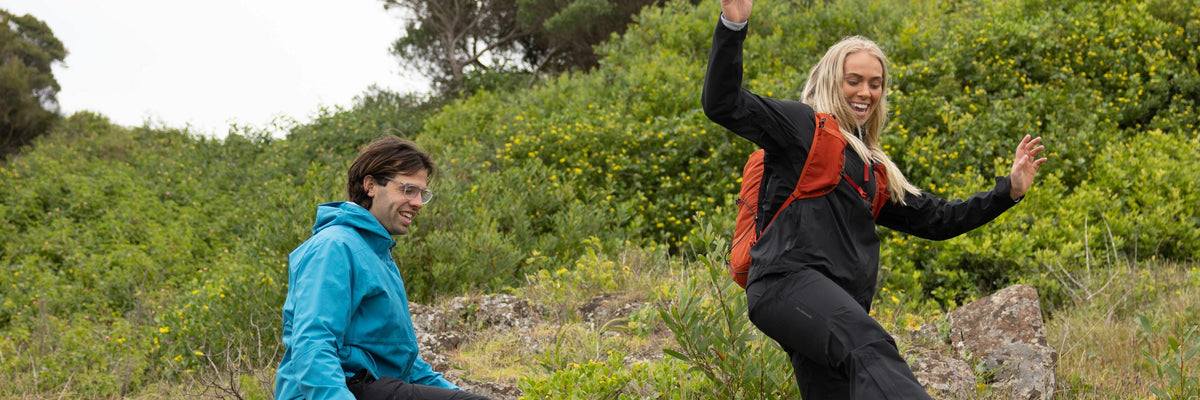When it comes to your running technique, you want to be one step ahead of the game. Whether you're new to trail running or need a refresher, these running techniques can help you put your best foot forward.
1. Focus on time, rather than distance
It’s important to understand that running 10km on the trails can take significantly longer to cover than 10km on the roads. Every trail is different. With this in mind, adjust your training to hit certain time goals as opposed to distance goals. A great way to get to know your trail pace is to set a consistent time goal (eg: 1 hour), and track how many kilometres you ran across different trails.
2. Master the uphill
- Maintain a quick and light cadence, even if it means shortening your stride. Relax your shoulders, arms and your non-engaged leg. Tension is an inefficient use of your energy.
- Synchronise. Your arm swing, steps, and breathing should be in equal motion to your cadence.
- Lean in. You want to mirror the gradient of the hill by leaning forward from your ankles. Allow gravity and momentum to assist your movement uphill.
3. Build confidence on the downhill
- Keep relaxed, remember to breathe, and maintain momentum.
- Raise your eyesight and try to look ahead. Looking at your feet will slow you down. Work towards looking 4-5 steps ahead of you, this will keep your thoughts focused on what you're doing
- Keep your running cadence high, don’t overreach your steps and ensure your feet fall beneath you.
- Take the outside line through corners to move smoothly and maintain speed.
- Accept the forward fall and keep moving with it.
- Allow your arms to move freely, this will counterbalance your legs.
- Remember that confidence will come with regular practice.
4. Find the right cadence
The right cadence (aka rhythm) will improve your running form, efficiency, and eventually your speed. There are a number of things that affect your cadence, including your foot position and the time each foot spends on the ground (this is known as the 'stance phase').
- Train yourself to land further on your mid-foot to forefoot, rather than landing on your heel. Be cautious to achieve this slowly over time, instead of forcing yourself into this new stride. Focusing on landing your foot closer to your hip (rather than further out in front of you), will make it a more natural adjustment to land further forward on your foot. Having your foot closer to your centre of gravity when you land allows you to use your ankle to flex, and release some of the force that comes from landing on the ground. This can help reduce strain further up in your other joints.
- The optimal cadence is about 180 steps per minute. To measure this, aim to strike either foot at least 30 times in 20 seconds. To increase cadence, shorten your stride length by a third for each step.
- The less time your foot is on the ground, the longer you are moving forward. Reducing this stance phase by mere percentage points of your overall gait can make a significant difference to your running technique.
5. Invest in a vest
Trail running often means being in remote places. This means it's essential to be prepared for if the weather takes a nasty turn, or if you have an injury. A running vest(/shop) is a piece of kit you won't regret investing in. It's the most comfortable way to carry ample water and snacks, extra clothing layers, first aid supplies, and of course your keys and phone.
6. Repetition leads to perfection
Variety is one of the main appeals to trail running, however, when every trail is so different, it can be difficult to measure improvement. The next time you're out there, find a technical section of the trail and run it over and over again. This is an opportunity to refine what works and what doesn't in a controlled environment. Remain relaxed, focus on form, and choose a line of less resistance to keep up the momentum. Time yourself on the same section for the satisfaction of seeing your speed increase.
7. Balance variation with consistency
Yes, you can have too much of a good thing. When planning your training, it's important to not overwork the same muscles, as this could lead to injury.
- Follow a structured program and allow enough time for recovery. Active recovery can include yoga, swimming, an easy bike ride, or even a gentle walk.
- Lots of smaller sessions are better than one big blowout. You will earn far more benefits, and reduce your risk of injury if you run four times per week for 20 minutes, as opposed to running once a week for 80 minutes.
At the end of the day, only you can listen to your body. If something's not feeling the way it should, then stop and assess whether you need to change tactics.




